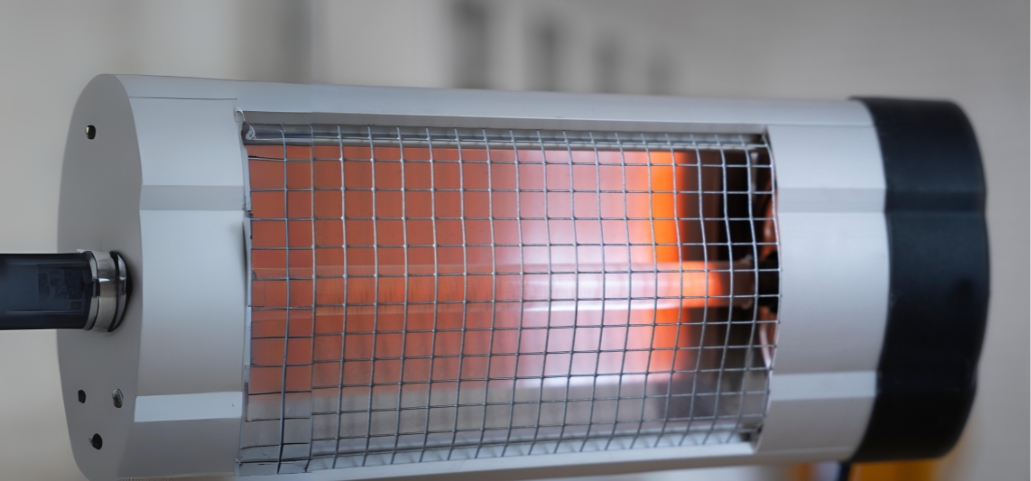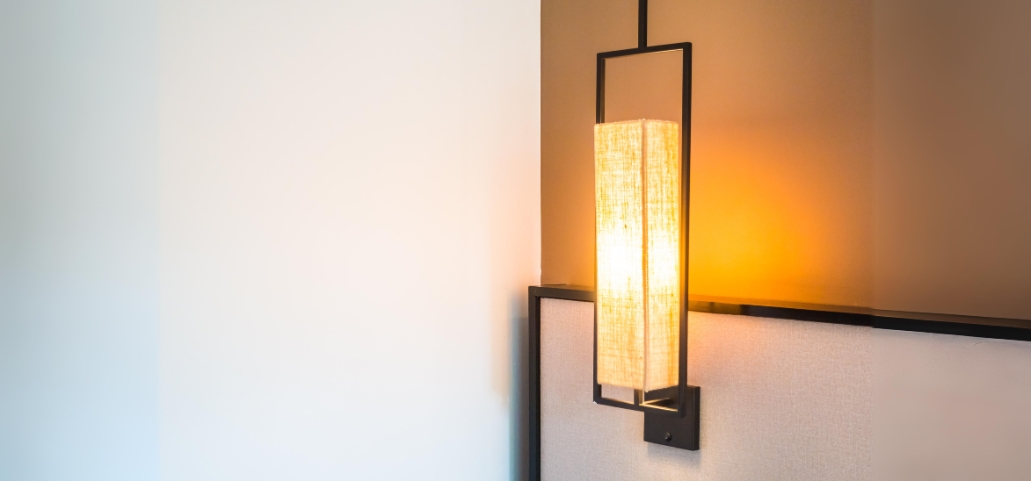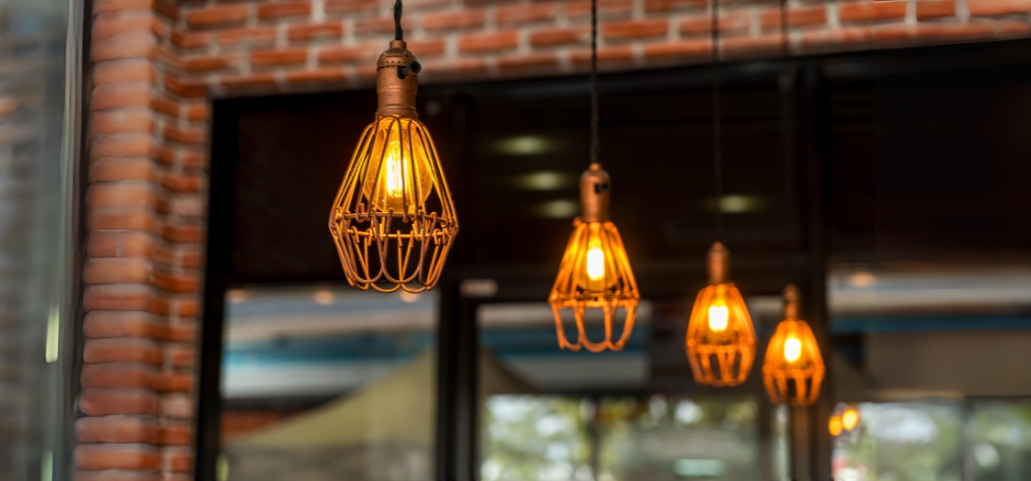How hot does a heat lamp get are practical devices that emit radiant heat for various purposes. They are commonly used in the food industry to keep cooked dishes warm, in healthcare settings to provide therapeutic heat, and even in reptile enclosures to create the ideal temperature for cold-blooded pets. It is essential to comprehend the temperature range of these bulbs to guarantee their safe and efficient operation. In this guide, we will explore the basics of how hot does a heat lamp get and discuss why it is important to have a comprehensive understanding of their temperature capabilities.
Understanding How Hot does a Heat Lamp Get
A) Definition and Purpose:
Heat lamps, often referred to as radiant heat lamps or infrared how hot does a heat lamp get, are appliances that employ infrared radiation to produce concentrated heat. These lights’ main function is to give warmth and create a cozy atmosphere in places where installing conventional heating systems may not be feasible or enough.
These lamps work by producing electromagnetic waves that directly target objects or individuals within their range. Heat lamps transmit thermal energy directly to nearby objects, surfaces, or people, in contrast to traditional heating techniques that warm the surrounding air. Because of this, they work especially well for targeted heating.
B) Types of Heat Lamps:
Heat lamps come in a variety of kinds, each with unique features and applications. Here are a few common types:
- Infrared Heat Lamps: The most popular kind of heat lamp is this one. They emit infrared radiation that penetrates deeply into objects and generates warmth by exciting molecules within them. For a variety of applications, infrared heat lamps are available in wattages and sizes.
- Halogen Heat Lamps: Halogen bulbs produce intense light combined with high levels of radiant heat. When activated, they provide quick warmth and are suitable for use both inside and outdoors.
- Ceramic Heat Lamps: Ceramic heaters operate using a ceramic element that heats up when an electric current passes through it. These lamps emit a gentle infrared radiation while providing consistent warmth over extended periods.
Factors Influencing How Hot does a Heat Lamp Get Temperatures

When it comes to using heat lamps, understanding the factors that influence their temperatures is crucial. If you consider these factors, you may ensure optimal performance while reducing potential risks. The three main factors that affect heat lamp temperatures are wattage and power, distance from the target, and environmental conditions.
A) Wattage and power:
Wattage and power play a significant role in determining heat lamp temperatures. Higher wattage lamps generally produce more heat compared to lower wattage ones. The power of the lamp directly affects its ability to generate heat. To get the right temperature, it’s essential to choose a lamp that has the right wattage for your particular requirements.
B) Distance from the target:
Temperature is also affected by how far the heat lamp is from its target. The closer the lamp is positioned to the object being heated, the higher the temperature experienced by that object. Conversely, increasing the distance reduces the intensity of heat received.
C) Environmental conditions:
Environmental conditions can influence how effectively a heat lamp maintains its desired temperature. Factors such as ambient room temperature, air circulation, and humidity levels can all impact how efficiently a heat lamp operates. For example, if placed in a drafty area or an environment with high humidity levels, it may result in reduced heating capabilities.
Understanding these three key factors is essential in utilizing how hot does a heat lamp get effectively and safely. Adjusting the wattage, managing the distance from the target, and considering the environmental conditions collectively contribute to controlling the temperature output of the heat lamp while ensuring safe and efficient usage.
Temperature Range of Heat Lamps

Heat lamps are commonly used in various settings, including restaurants, farms, and terrariums, to provide warmth and create specific temperature conditions. Comprehending the temperature range of heat lamps is important to guarantee their efficient and secure use.
A) Typical Operating Temperatures:
Heat lamps generally operate within a range of temperatures that vary based on their wattage, design, and intended use. The typical operating temperatures for most heat lamps can range from around 90 degrees Fahrenheit (32 degrees Celsius) to over 400 degrees Fahrenheit (204 degrees Celsius). However, these temperatures can fluctuate significantly depending on the specific type and model of the heat lamp.
B) Variances Among Different Types and Models:
The temperature range of heat lamps can vary widely between different types and models available in the market. For instance, infrared heat lamps might reach higher temperatures compared to ceramic heat lamps, while halogen lamps might have a different temperature range altogether. Factors such as the technology used, wattage, and intended purpose of the heat lamp contribute to these variations. To find out the precise temperature range for a certain heat lamp type, it’s essential to consult the manufacturer’s specs or instructions.
C) Safety Considerations for Extreme Temperatures:
Extreme temperatures produced by heat lamps can pose safety risks if not managed properly. When heat lamps operate at higher temperatures, there’s an increased risk of burns, fire hazards, or damage to surrounding materials. Safety precautions such as using appropriate shielding or guards, maintaining a safe distance from flammable objects, and ensuring proper ventilation are essential when dealing with heat lamps operating at extreme temperatures. Additionally, handling the lamp with caution, especially when hot, and following manufacturer-recommended guidelines for usage and temperature settings is crucial to prevent accidents or injuries.
Understanding the typical temperature ranges, recognizing variances among different types and models, and implementing safety measures for extreme temperatures are key aspects to consider when using heat lamps. Achieving the right warmth while maintaining safety must be balanced in order to optimize the advantages of heat lamps and reduce any possible hazards.
Applications of Heat Lamps
A) Commercial Uses:
In commercial settings, heat lamps are crucial for maintaining food temperatures in restaurants and catering. They keep dishes warm on buffet lines and ensure takeout meals stay hot. Additionally, in industries, these lamps are used for drying, curing coatings, and controlled heating in manufacturing processes.
B) Domestic Applications:
At home, heat lamps are versatile. They’re used by pet owners to create cozy habitats for reptiles and amphibians, simulating natural heat sources for pet comfort. In households, they provide extra warmth in specific areas, aid indoor gardening by promoting plant growth, and serve therapeutic purposes like pain relief treatments using infrared heat lamps.
Safety Measures and Precautions

When it comes to ensuring safety in any environment, whether it be at home or in the workplace, following proper safety measures and precautions is of utmost importance. We will examine three crucial facets of safety in this section:
A) Handling Guidelines:
It’s crucial to abide by specific rules while working with heat lamps. Always ensure the lamp is turned off and completely cooled before any maintenance or adjustments. Avoid touching the lamp directly when it’s operating or shortly after it’s been turned off, as it can still be very hot and cause burns. Additionally, handle the lamp gently to prevent damage to the bulb or any attached fixtures.
B) Fire Safety Tips:
To prevent fire hazards, never place flammable materials near or in direct contact with the heat lamp. Make sure that anything flammable, such as curtains, paper, or textiles, are kept a safe distance away. Keep an eye out for any indications of overheating or possible fire hazards in the vicinity of the bulb. Installing heat-resistant shielding or guards around the lamp can help minimize the risk of accidental contact or ignition of nearby materials.
C) Recommended Safety Equipment:
Using appropriate safety equipment is crucial. Heat-resistant gloves can protect against burns when handling the lamp or making adjustments. Additionally, having a fire extinguisher nearby and knowing how to use it is essential for quick response in case of emergencies. Safety goggles or eye protection might also be necessary when working with certain types of heat lamps to shield the eyes from intense light or potential debris.
By adhering to these handling guidelines, implementing fire safety tips, and utilizing recommended safety equipment, individuals can minimize risks associated with heat lamps, ensuring safer usage and reducing the likelihood of accidents or injuries.
Conclusion
Heat lamps can reach temperatures ranging from 90°F to over 400°F, influenced by wattage, type, and distance. Responsible use and safety precautions are vital. Handling with care, maintaining safe distances, and avoiding flammable materials prevent accidents. Placing safety first guarantees that heat lamps minimize hazards and provide advantages safely in a variety of applications.
Frequently Asked Questions
Q1. How hot can a heat lamp get?
Answer: Depending on the kind and wattage of the lightbulb being used, heat lamps may achieve temperatures of up to 500 degrees Fahrenheit (260 degrees Celsius). It’s essential to abide by safety precautions and maintain a safe distance from the heat source in order to avoid burns or potential fire threats.
Q2. Is it safe to touch a heat lamp when it's on?
Answer: In other words, touching a heat lamp while it’s on is not safe. Burns from the bulb’s high temperatures may be quite serious. Prior to handling or adjusting the lamp, always allow it to cool. Always let the lamp cool down before attempting to handle or adjust it.
Q3. Can I leave a heat lamp unattended?
Answer: It is not recommended to leave a heat lamp unattended, especially if there are flammable materials nearby. It’s important to monitor the lamp while in use and ensure proper ventilation to prevent overheating or fire hazards.
Q4. Are all heat lamps created equal in terms of temperature output?
Answer: No, not all heat lamps are created equal in terms of temperature output. Different types of bulbs have different wattages and temperature ranges. For precise temperature information, be sure to review the manufacturer’s specs for the particular heat lamp type you own.
Q5. What precautions should I take when using a heat lamp?
Answer: When using a heat lamp, make sure you follow these precautions:
- Keep flammable materials away from the lamp.
- Set the lamp down on a sturdy surface.
- Maintain an appropriate distance between the object being heated and the bulb.
- The space where the heat lamp is being operated has to have enough ventilation.
- Never touch or handle the bulb when it is hot.
- When the light is not in use, always turn it off and disconnect it.

